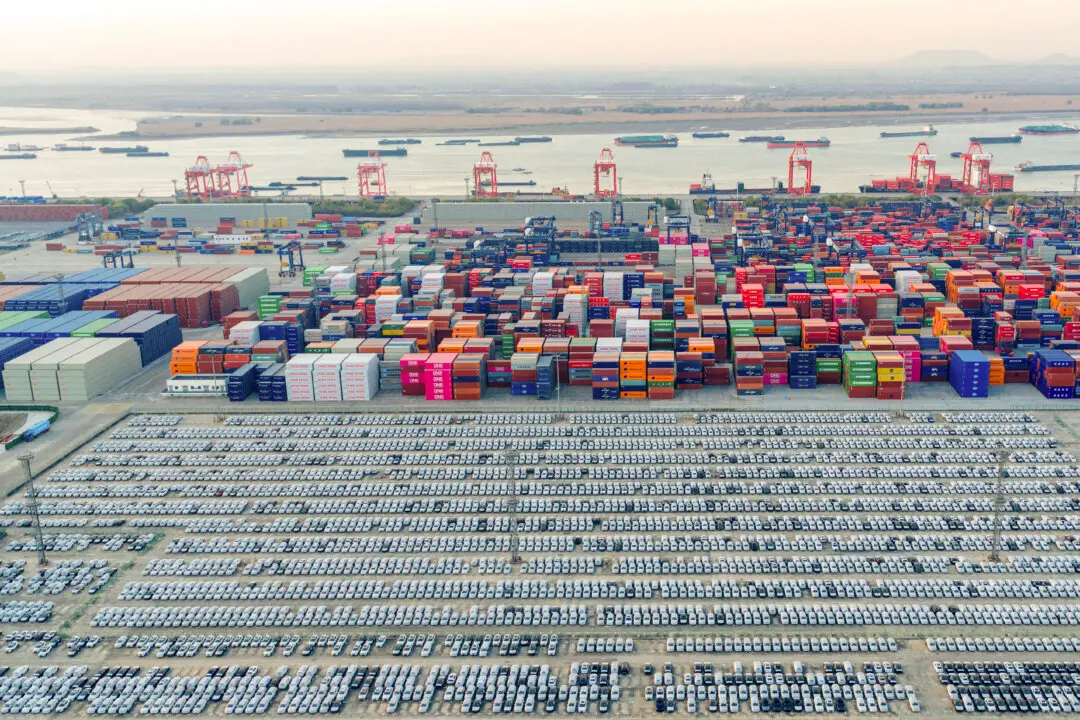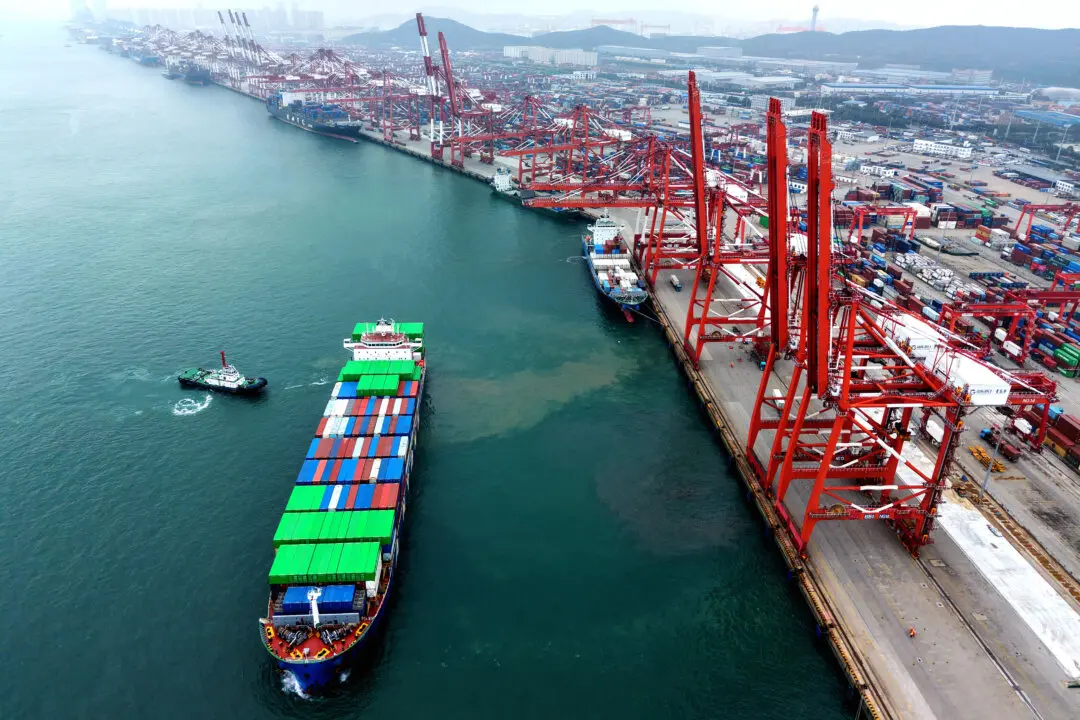Commentary
The Asian Development Bank (ADB) forecasts show good growth in Asian economies despite the expected slowing in China. This message of diminished Chinese significance is no doubt inadvertent but unmistakable, nonetheless. The picture flies in the face of Beijing’s ambitions and is no doubt a disappointment for the crowd in Zhongnanhai.





